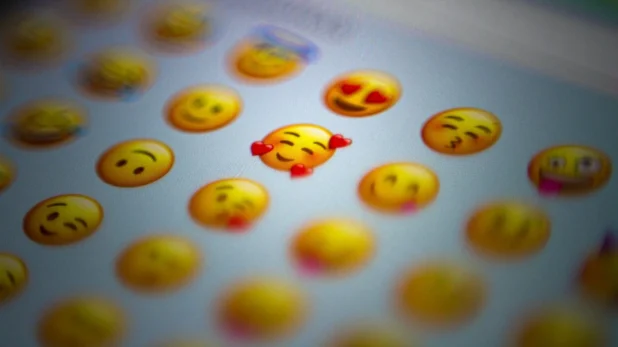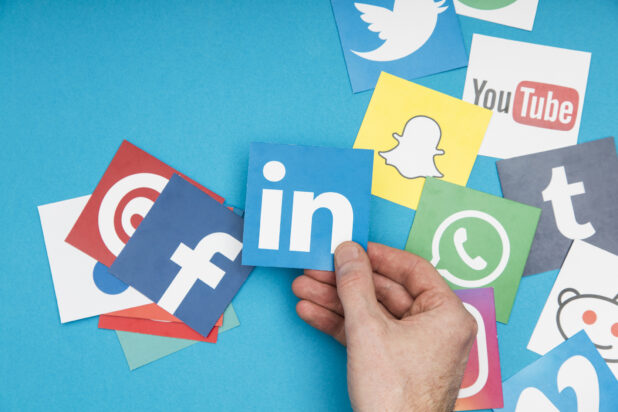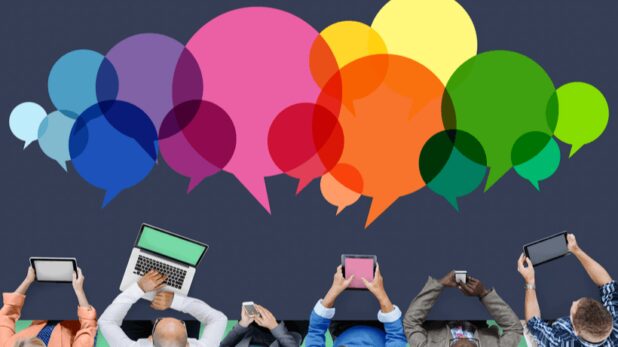Depending on how you use them, emojis can go both ways: they can help the reader understand your point, or they can lead to a complete misunderstanding.
Of course, you can always delete your text message on your Mac, if it turns out to be irrelevant, you can check how to do it in more detail here.
But sometimes you can just use emojis, as they can make your content more fun, but they can also make you appear not serious enough.
Introducing these symbols to your content marketing strategy is a good idea… as long as you know what you’re doing. Knowing how to type emojis on Mac is a first step, but it’s not enough. This approach requires some planning and a lot of wit. We’ll guide you through the process of improving your content strategy with the use of emojis.
Table of Contents
Tips: How to Use Emojis in Content Marketing
1. Only Use Symbols That Are Appropriate

When you use emojis in subject lines and social media updates, you may trigger higher response rates. But if you use inappropriate emojis, you’ll trigger a negative response within your audience. Let’s say you’re sending an official press release on a serious topic.
The use of emojis in that situation can go very wrong. It may make you appear less competent, and it could seriously affect your reputation as a professional.
Use emojis only when they are appropriate, and only use the ones that deliver a clear message.
2. Don’t Try Too Hard
Trying too hard always shows. You can’t force something funny; it comes from within. If you have it in you, feel free to have some fun with all the emojis you can use. Believe it or not, the smiling poop emoji has high ratings when used in email subject lines.
It’s funny, and it can trigger clicks when used in the right context.
Think of emojis as an extension of your brand’s voice. Plan the message you want to convey, and use symbols that fit in.
3. Ask Your Social Media Followers to Answer with an Emoji

This is a simple way to encourage engagement on social media. Post a photo on Instagram, and ask your followers to describe a situation with several symbols. To encourage more engagement, you can try guessing the most interesting sentences.
This is a good way to show that the comments from your followers don’t go unnoticed.
Another effective way is to ask them to comment or use a set of emojis to describe their day. You can also arrange a bunch of emojis and ask them to pick one that describes their current mood.
4. Introduce Them in Your Email Marketing Campaign
When marketers consider using these symbols, they usually focus on social media and blogging. Emojis have a special place in email, so we shouldn’t forget that aspect of our promotional strategies. They can make a subject line more noticeable in a busy inbox. They can also help you convey the right tone of your message.
When you use emojis in email, don’t do it with the intention to replace text in the message. Nobody has time to decode what the sender wants to say. Use them to emphasize your point instead!
5. Observe Your Audience

Every aspect of marketing requires strategizing. Emojis may seem like a simple concept, but it requires some analyzing if you want to use it well. Take the time to read through the comments on your posts.
What symbols does your audience most commonly use? What’s the context that triggers the use of these symbols?
When you understand how your audience communicates, it will be easier to fit the symbols into your content marketing plan.
Furthermore, using emojis that can help you to connect with your audience is always a green signal. If you are handling a celebrity’s account, use emojis related to their recent movies, or work.
If you are handling a fast food chain’s social media handles, you can use food emojis related to the brand. In brief, identify, and observe your audience while using emojis.
6. Don’t Go Overboard
Over-using these icons will dilute your message and take it in the wrong direction. Remember the first tip: use them only when appropriate. Add moderation to that! Marketing experts must use emojis cautiously, especially in email messages, blog posts, and lengthy social media status updates.
Chevrolet is a good example of bad emoji overuse. The brand shared a press release consisting solely out of symbols. Nobody has that much time and energy to solve an entire press release.
Remember to Strategize!

I recommend you to form a plan before you use emojis in your content! Answer these questions:
- What’s the tone that you want to convey?
- Where will you use emojis? Will you include them in email marketing, blog posts, social media updates, and/or press releases?
- Will you use emojis in all updates to make them uniform, or will you do it when you think it’s suitable?
- How will you include your audience in this aspect of your marketing campaign?
When you establish a clear strategy, it will be easy to follow its steps. Then, you’ll analyze the effects that emojis help you achieve, and you’ll keep improving your marketing plan.
Final Words
Emojis are a great way to communicate emotions without uttering a single word. Over the years, marketers have realized the potential of using emojis in their content marketing strategy as well as their paid campaigns.
An A/B test proved that running ads with emojis in the ad copy performed better than the one without emojis, but does that mean you can use any random emojis?
Obviously not, as aforementioned, you first have to identify the emoji that suits your client’s brand, and then move forward with its placement in the content or ad copy.
If all of this is clear to you, implement it in your content marketing, and don’t forget to share the results with us in the comments.
 World Magazine 2024
World Magazine 2024






